コラム
落合憲弘
John Sypal
タカザワケンジ
なぎら健壱

A longtime Kineo Kuwabara fan, I was recently excited to hear about an upcoming show of his work at Gallery Niepce. The show opened in the early afternoon on humid July weekend- as usual for a Niepece visit I carefully opened the glass door and, ducking deeper than other places (it’s an old building with low doorways), entered the gallery. Inside was a ring of framed prints and several other Kuwabara fans.
Gallery Niepce is a nice little place. It’s cozy, with warm-toned pegboard walls. The atmosphere is the anthesis of pretension. Rather than a White Cube Art Gallery, it feels more like a photo clubhouse- a place kept up as a labor of love.
Niepce is made possible by the labor and love of photographer Takehiko Nakafuji.
Nakafuji has been exhibiting and publishing his own photographs to acclaim for decades. For a lot of photographers, their own work is enough. Nakafuji however, possesses an astoundingly deep, sincere love for photography which is continually evidenced by similar exhibitions focusing on photography’s past which he’s facilitated here. He was the right guy to get this together- but more on that later.
Kineo Kuwabara (1913-2007) is one of the earliest (and greatest) street photographers of Japan. Born and raised in east of Ueno, this forever-amateur picked up a camera (a Leica C) in the thirties while still in his twenties, and later rose to photo-cultural prominence after the war as an editor of photography magazines. Through his encouragement and publications, he helped a younger generation of Japanese photographers develop their voices. Yet, all the while he quietly continued to take daily snapshots of Tokyo with his Leica, and later, Konica Hexar AF.
Much of Kuwabara’s “comeback”- or was it, “debut?”- came about through the enthusiasm one of his proteges, a young man named Nobuyoshi Araki. The photos which sparked this Kuwabara’s street snaps he took in the mid to late 1930s. Araki took the negs to his darkroom and soon, with the title “Tokyo Showa 11” the work was exhibited and published in 1974. Many years and roughly a dozen books later, Kuwabara rightfully enjoys an important position in Japanese photographic history. One thing to note is that, in this Japan-Photo realm, “Kuwabara” and “Leica” go hand in hand. And while a a few of his 6x6 images can be seen in the book “Tokyo 1934–1993” (review HERE https://photoandculture-tokyo.com/contents.php?i=684) he is predominantly known for his 35mm work.
This brings us back to Gallery Niepce and Takehiko Nakafuji.
Alright, somehow Nakafuji was loaned a set of medium format negatives from one of Kuwabara relatives. The fact that no one had seen these images in decades, if ever, was interesting enough, but that they were a rare format for such a 35mm guy, well, that’s even better. Nakafuji took the negs into his darkroom, and, with the spirt of Kuwabara looking over his shoulder, got to work.
The pictures in Showa 6x6 were taken in 1938- right around the time the last of the Showa 11 pictures were being shot. Like most Old Photos, there’s that inherent charm in how they are framed glimpses of the past. Their subject matter is captivating. Like most old photos of Japan, (for me, anyway) there’s a slight disbelief that life could ever have really been, or at least looked, like that. By “that” I mean, that those streets and those surfaces and those faces- they’re there, there- but not really “here” (now). The clarity of our present is in conundrum with the clarity of the past. But again, that’s part of the charm. The depth of time is demonstrated if not felt in ways words can’t express.

Inevitably, one can’t help comparing these pictures with Kuwabara’s more celebrated 35mm work. This isn’t a detriment to Showa 6x6. Indeed, many of the frames which Nakafuji selected to print show plenty of Kuwabara’s improvisation- but in a few there’s a touch of a more formal, laborious composition. Kuwabara’s best work is deftly artless- straight photography at its most banally beautiful. I’m not aware of Kuwabara’s familiarity with a TLR viewfinder but one can sense the novelty of it lent itself to more visually formal approaches. Unlike the eye-level window of his rangefinder, the (reversed) focusing screen in his Rolleiflex possible removed him from whatever was playing out in front of him. This does no disservice to the photographer or the pictures- they offer insight into his making sense with the tool and further understanding of the medium.
In terms of subject matter, the people and places differ little from his other work. We see children, men at work, city views, photo outings, beaches, city-signage, Asakusa dancers, and Ueno storefronts. One print in particular has a hidden gem- a poster advertising the ill-fated 1940 Tokyo Olympics.
With Nakafuji there in the gallery I was able to learn a little about the technical aspects. He told me that the prints were done on new Ilford fiber-based paper. The negatives had been affected by time- and some, fungus. I can’t imagine that printing them would be easy but Nakafuji was able to craft some fine prints with the materials he had to work with. In some, the wavy pattern effect of fungus can be seen. I felt this actually adds to the experience of the photographs.
I mentioned that shows like this evidence Nakafuji’s love for the medium- there’s a sense of generosity at work here. This isn’s a commercial endevor- I mean, the work wasn’t for sale, and no book accompanies it. There is really nothing for Nakafuji to “get” from doing this.
Well, there is something he gets out of it: Enjoyment. The fundamental draw of photography.
There’s the enjoyment of the privilege to print old, unseen negatives by a master photographer. The enjoyment in the pleasure of not simply seeing these pictures but experiencing them.
Likewise, there is the enjoyment of sharing these pictures with other Kuwabara fans. Indeed, several visitors during my stop by the gallery knew Kuwabara well. The anecdote and memories they shared were precious. As was peering closely at prints together, making observations, conectures, and looking for clues to figure out what (where) some of them were taken. It’s these kinds of moments that make photographs more than shapes and tones on paper.
It was noted that this exhibition was made possible due to the fact that the negatives survived- and could still be printed. Perhaps too straightly (considering the digital cameras over everyone’s shoulders), I wondered aloud if anyone’s going to want to- or be able to- open up jpegs on an old SD card in 85 years (2108!) They way everyone shrugged off the question was perhaps the best answer to it.
On a table in the gallery Nakafuji kindly laid out several of Kuwabara’s photobooks from his personal collection for people to look through. And from his camera collection, he exhibited the same model of Rolleiflex used for the photos- as well as the same model of Leica which Kuwabara loved for so long. That’s so like Nakafuji to do that- as I said, his fascination with the medium is matched only by his generosity in sharing it.
Before I left, I took one more look around the room- the prints, the people- stuff like this makes me treasure Tokyo’s unique photographic culture even more. What a city.
What an exhibition.
Thank you, Nakafuji-san.
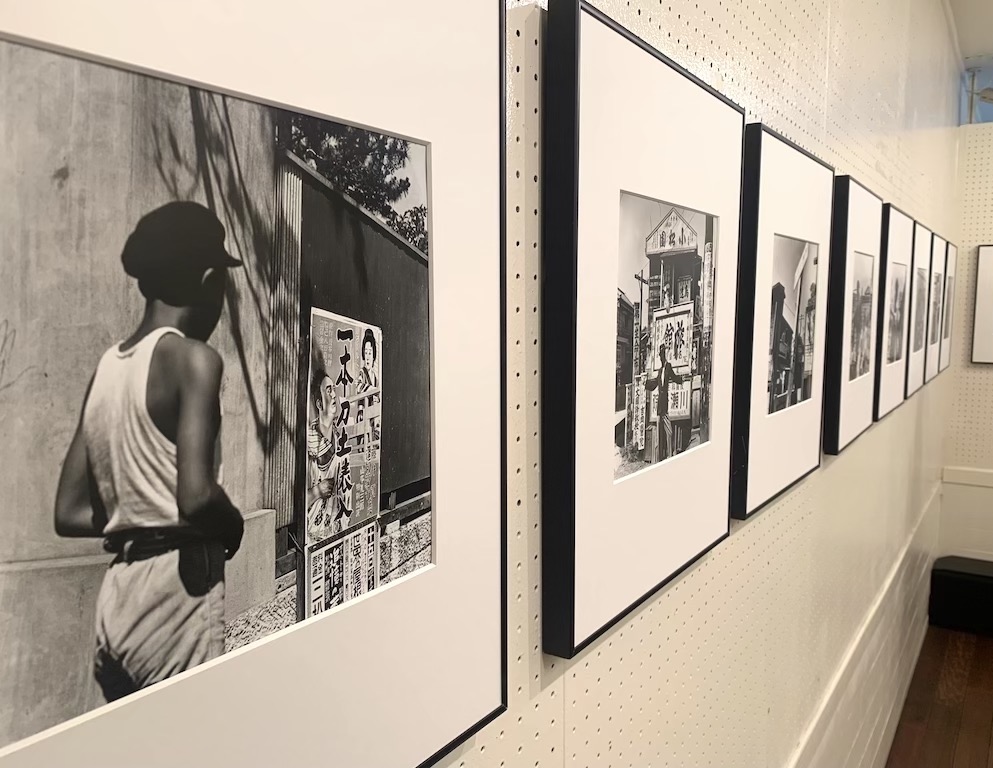
長年の桑原甲子雄ファンである私は先週、四谷三丁目にあるGallery Niepce(ギャラリー・ニエプス)で桑原さんの個展が開催されると聞き興奮しました。蒸し暑い7月の週末の昼下がり、展覧会は始まりました。ギャラリーに着くといつものように、慎重に古いガラス戸を開け、他の場所よりも深く屈みながら(古い建物で出入口が低いのです)中に入りました。
Gallery Niepceは小さく素敵な写真ギャラリーです。温かみのある色調のペグボードの壁は居心地がよく、気取った雰囲気とは対極にあるように感じます。ホワイトキューブの現代アートギャラリーというよりは、写真部のクラブハウスのようです。

Gallery Niepceでの展示の多くは、写真家・中藤毅彦さんの愛情によって成り立っています。中藤さんは何十年もの間、自身の写真を展示・出版し、高い評価を得てきました。自身の作品だけで十分だと多くの写真家は思うでしょうが、中藤さんの写真に対する真摯で深い愛情は、過去の写真に焦点を当てる企画展で常に証明されています。中藤さんはまさに、今回の展覧会を企画するのにふさわしい人物です。
桑原甲子雄(1913-2007)は、日本で最も早く(そして最も偉大な)ストリート写真家の一人。下谷で生まれ育ったこの永遠のアマチュアは、20代(1930年代)でカメラ(ライカC)を手にし、戦後は写真雑誌の編集者として写真文化界で頭角を現しました。その間も彼はライカ、後にコニカヘキサーAFで東京のスナップショットを日々黙々と撮り続けていました。
桑原さんの写真家としての再評価の流れは、彼の弟子である荒木経惟の熱意によってもたらされます。きっかけとなったのは、1930年代半ばから後半にかけて撮影された桑原のストリートスナップ。荒木さんはそのネガを暗室へ持ち込み、やがて『東京昭和十一年』というタイトルで作品を展示、1974年には写真集を出版しました。それから長い年月と十数冊の写真集を経て、桑原さんは日本の写真史において重要な位置を占めるに至ったのです。日本写真界において「桑原甲子雄」と「ライカ」は密接な関係にあります。彼は主に35mmの作品で知られていますが、6×6判の写真も『東京 1934〜1993』という写真集でいくつか見ることができます。

前にレビューした、Tokyo Photobook Tour 8 桑原甲子雄『東京 1934〜1993』もぜひ読んでみてくださいね。
https://photoandculture-tokyo.com/contents.php?i=684
中藤さんはどういうわけか、桑原さんの親戚の一人から中判ネガの束を貸してもらったのだそうです。何十年も人目に触れなかったネガというだけでも興味深いのですが、35mm派の中藤さんが珍しいフォーマットでプリントしたことに惹かれました。中藤さんはネガを暗室に持ち込み、桑原さんの気迫に見守られながら作業に取りかかったのだろう…と想像してしまいます。
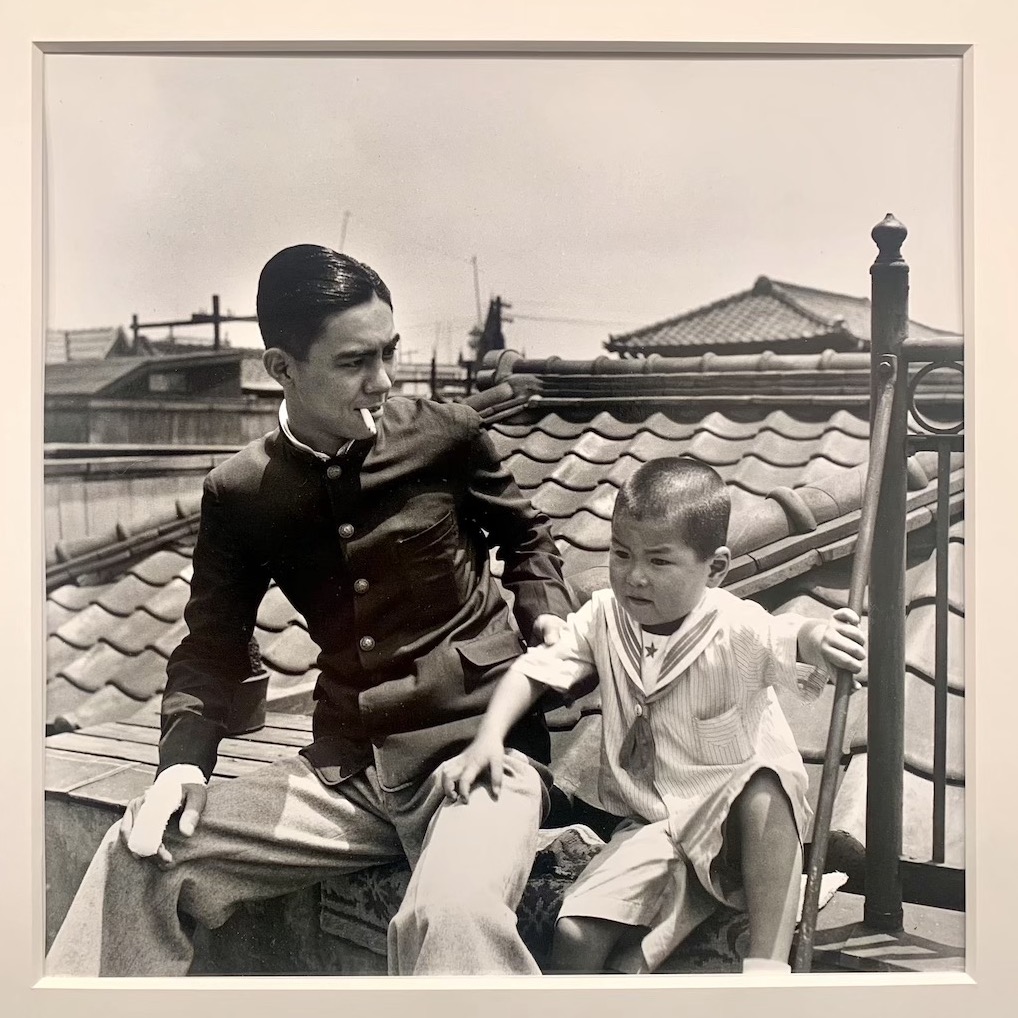
「昭和6×6」は1938年に撮影されたもので、ちょうど『東京昭和十一年』の最後の写真が撮影された頃です。 過去を垣間見るような独特なフレーミング、被写体も魅力的です。街並み、風景、風貌。私にとって、当時って本当にそうだったの? と信じられない気持ちもあります。時間の奥深さは、言葉では言い表せない形で、写真に留められているのです。
「昭和6×6」で展示されている桑原さんの写真は、これまで目にする機会の多かった35mm判写真と比較せずにはいられません。桑原さんの作品は、ストレート写真の平凡な美しさが魅力なのです。今回中藤さんがプリントに選んだコマは、桑原さんの即興性を表すものが多いのですが、いくつかは形式的で手間のかかる構図の写真があります。レンジファインダーのアイレベルファインダーとは異なり、ローライフレックスの(しかも逆向きの)フォーカシング・スクリーンは、目の前で繰り広げられるものから距離が生まれます。それをふまえると、桑原さんがいかに道具を使いこなしメディアをより深く理解していたか、写真が物語っているのです。
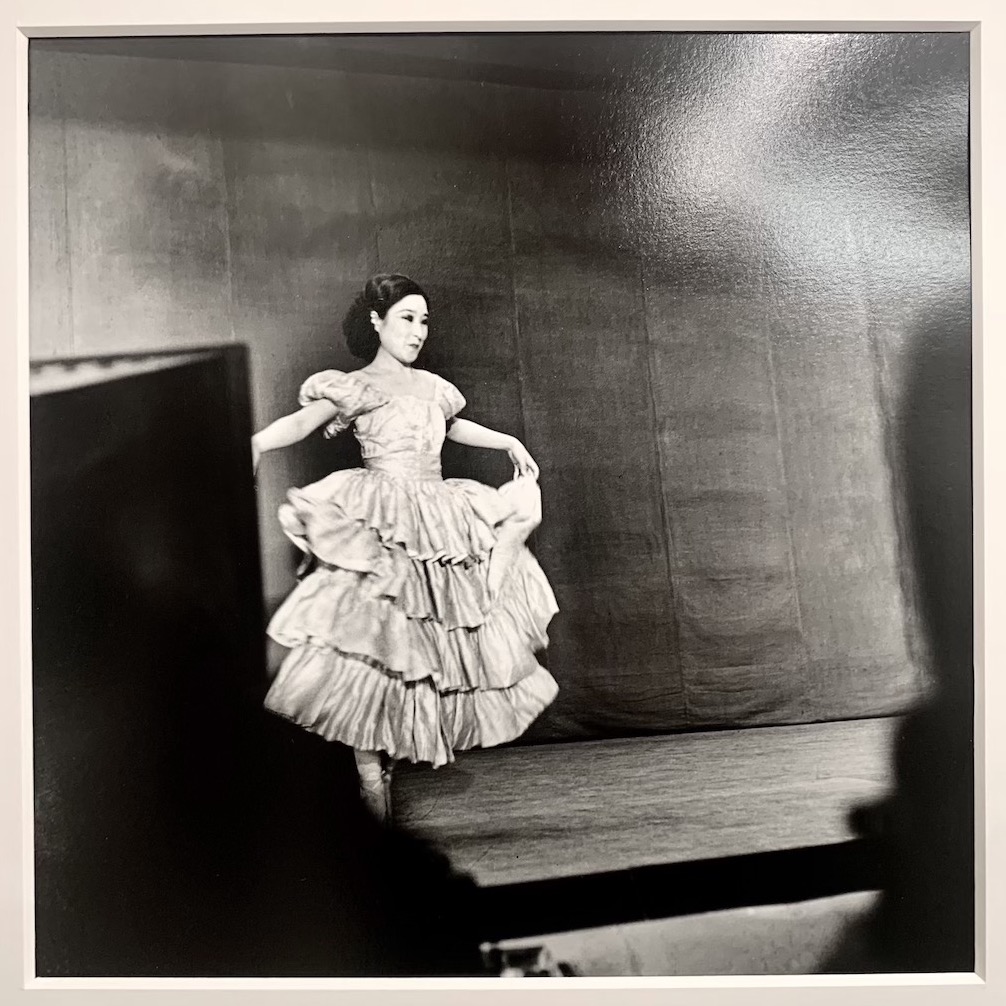
被写体となる人物や場所は、彼の他の作品とほとんど変わりません。子供たち、働く男たち、街の風景、写真撮影会、ビーチ、街の看板、浅草の踊り子、上野の店先など。その中の一枚に、1940年に開催された東京オリンピックのポスターが写されています。隠れた逸品。
ギャラリーにいた中藤さんに、技術的な面を少し教えてもらいました。プリントは新しいイルフォードのバライタ印画紙。桑原さんのネガは経年劣化やカビの影響を受けていたそうで、それをプリントするのは容易ではないですが、中藤さんは見事なプリントを仕上げました。カビによる波状の模様が見られるものもありますが、それがまた写真を味わい深いものにしているとも感じました。
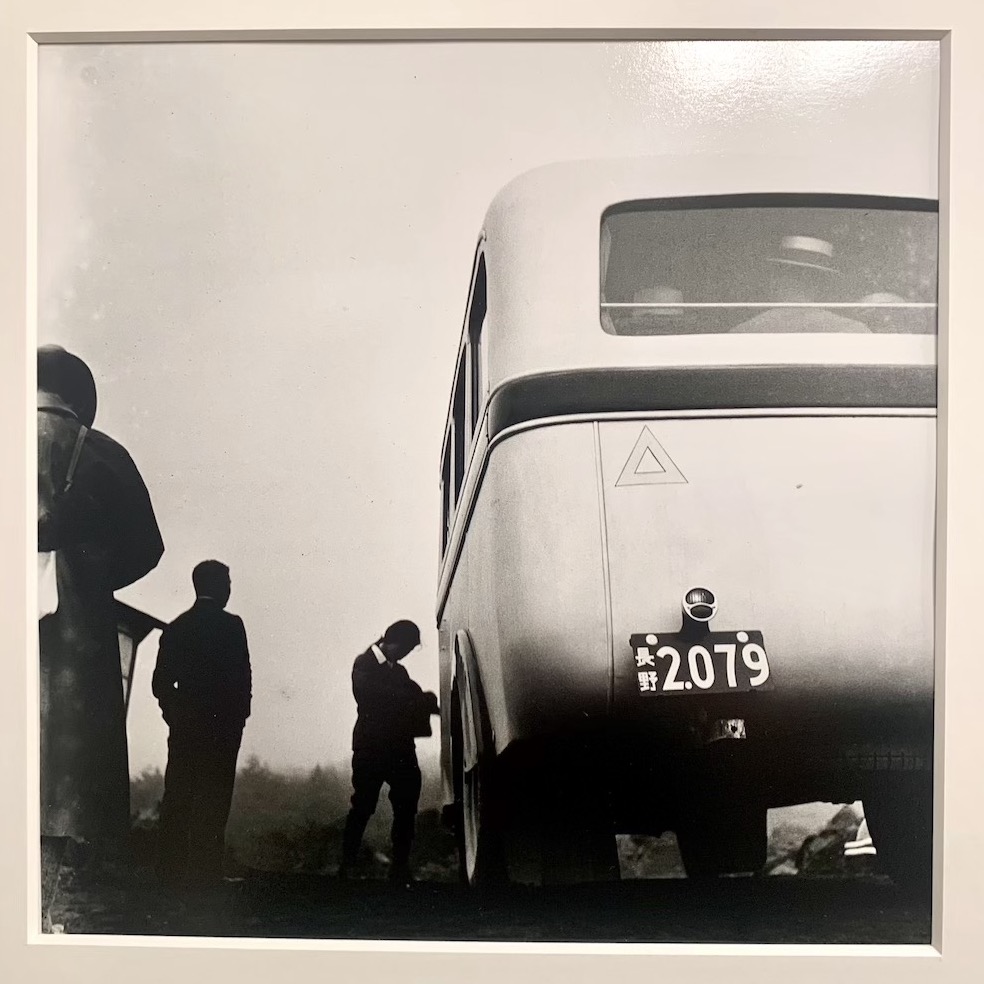
このような写真展は、中藤さんの「写真」に対する愛情を示すものだと前述しました。今回の展示作品は売り物ではないし、本の刊行もありません。一見、これをやっても得るものは何もないように思いますが、「楽しむ」という写真の根源的な魅力を得ているのです。
巨匠の未公開の古いネガをプリントするという特権の楽しみ。単に写真を見るだけではなく、体験するという楽しみ。そして、その写真を他の桑原ファンと共有する楽しみもあります。実際、私がギャラリーに立ち寄った際、桑原さん本人をよく知るお客さんが何人かいました。彼らが話してくれた逸話や思い出は貴重なものでした。皆でプリントをじっくり見て、観察し、関連づけ、どこで撮られたものかを知る手がかりを探す。このような経験があるからこそ、写真は紙の上の形や色調以上のものになるんです。
この展覧会が実現したのは、ネガが現存し、プリントが可能だったからです。 85年後の2108年、古いSDカードの中に入ったJPEGデータを開くことができる人はいるんでしょうか。
ギャラリーのテーブルには桑原さんの写真集が数冊並べられ、桑原さんが撮影に使ったローライフレックスと長年愛用したライカが、中藤さんのカメラコレクションから展示されています。さすが中藤さん。
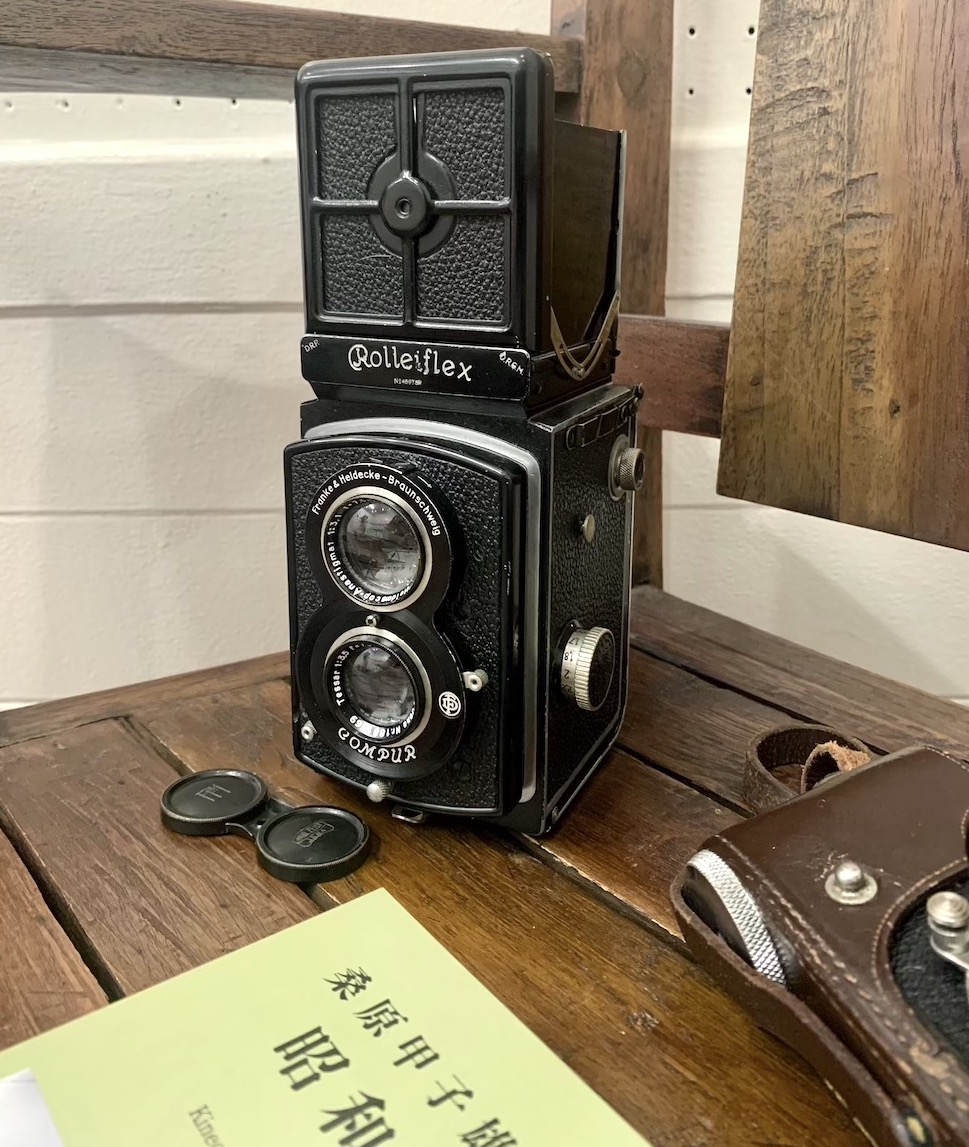
帰る前に、もう一度ギャラリーをぐるっと見て回りました。銀塩プリント、人々。こういうものを見ていると、東京のユニークな写真文化がより大切に思えてきます。なんという都市でしょう、東京。中藤さん、桑原さん、ありがとう。
- 桑原甲子雄 写真展 「昭和6×6」
- 2023年7月1日(土)~9日(日)
- Kineo Kuwabara “Showa 6x6”
- Gallery Niepce
- https://www.niepce-tokyo.net
 Vol.41 中嶋琉平|Ryuhei Nakashima「Asia, New York, and Tokyo」、高地二郎|Jiro Kochi「GINZA: Through the eye of a Salaryman 1950-1990」
2025/11/08
Vol.41 中嶋琉平|Ryuhei Nakashima「Asia, New York, and Tokyo」、高地二郎|Jiro Kochi「GINZA: Through the eye of a Salaryman 1950-1990」
2025/11/08
 Vol.40 藤岡亜弥|Aya Fujioka「Life Studies」、荒木塁|Lui Araki 「Color/Scape」
2025/10/03
Vol.40 藤岡亜弥|Aya Fujioka「Life Studies」、荒木塁|Lui Araki 「Color/Scape」
2025/10/03
 Vol.39 榎本八千代|Yachio Enomoto「家族写真 / Family Photo」
2025/09/05
Vol.39 榎本八千代|Yachio Enomoto「家族写真 / Family Photo」
2025/09/05
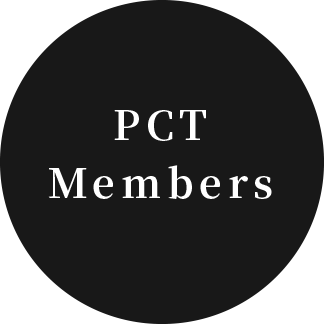
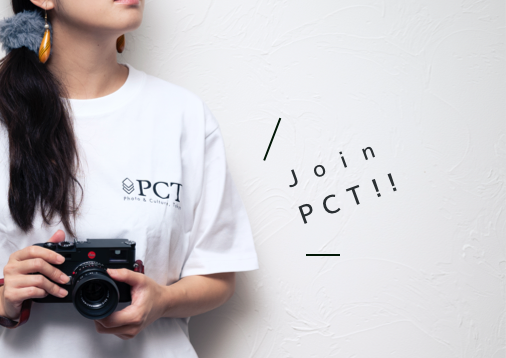
PCT Membersは、Photo & Culture, Tokyoのウェブ会員制度です。
ご登録いただくと、最新の記事更新情報・ニュースをメールマガジンでお届け、また会員限定の読者プレゼントなども実施します。
今後はさらにサービスの拡充をはかり、より魅力的でお得な内容をご提供していく予定です。
 「Photo & Culture, Tokyo」最新の更新情報や、ニュースなどをお届けメールマガジンのお届け
「Photo & Culture, Tokyo」最新の更新情報や、ニュースなどをお届けメールマガジンのお届け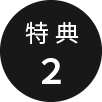 書籍、写真グッズなど会員限定の読者プレゼントを実施会員限定プレゼント
書籍、写真グッズなど会員限定の読者プレゼントを実施会員限定プレゼント